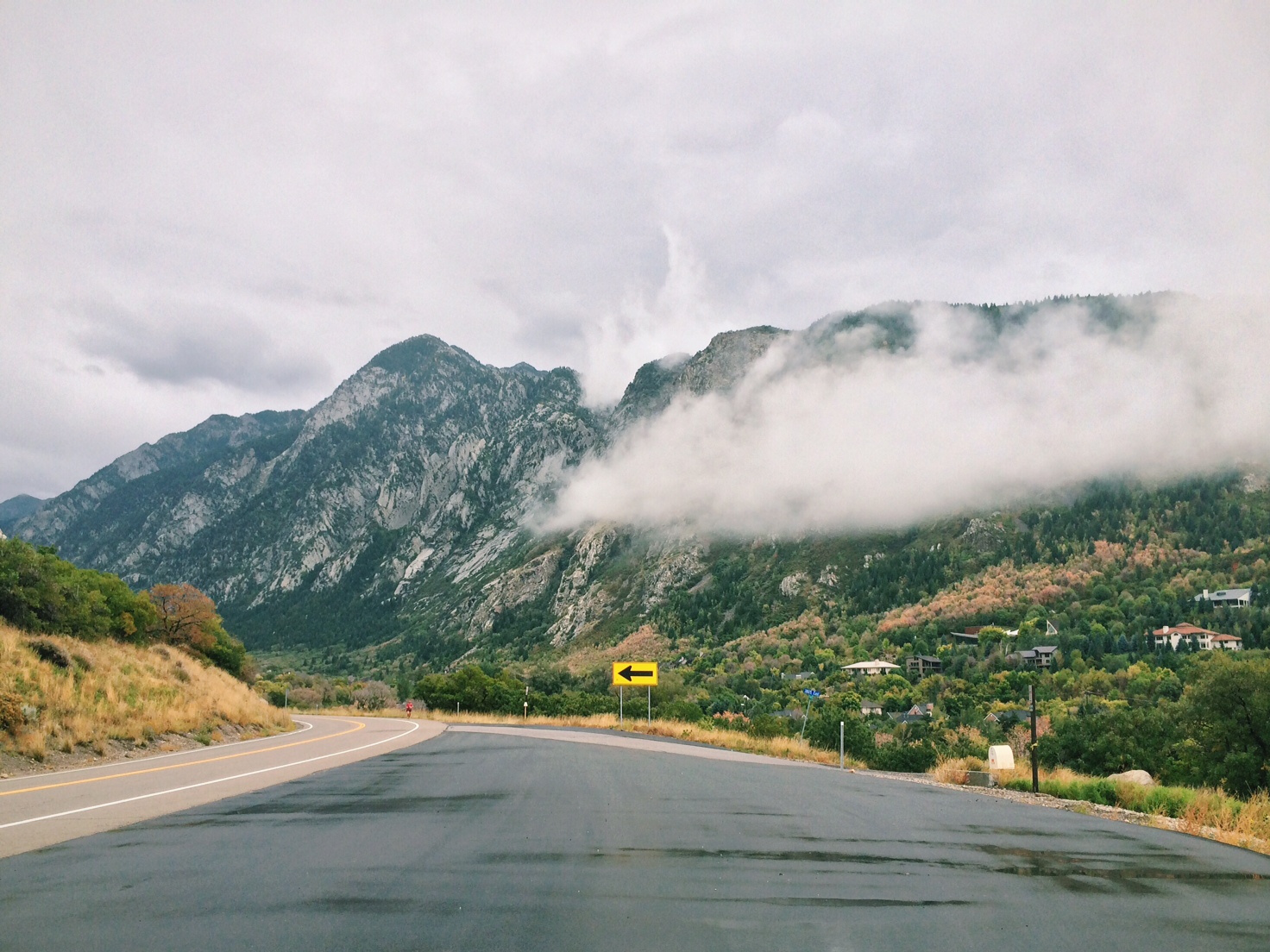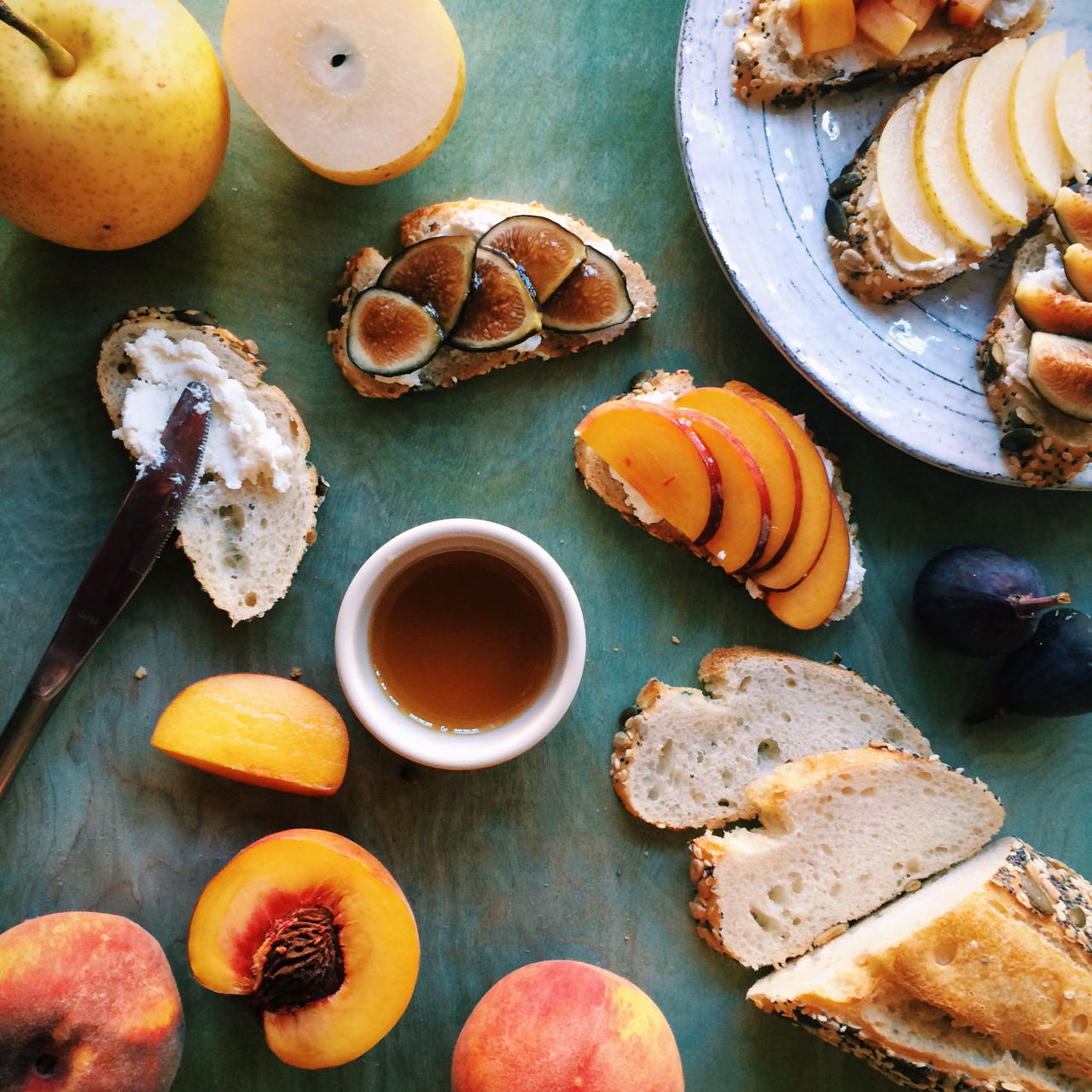The biggest complaint that Richard has (according to him, in life) is that some things taste too much like baking powder. (I just asked him if he has other complaints and he said, "Oh, I'm sure I do, but that's... that's a big one.") But it can be a let down when I find a recipe that looks amazing and then see that it contains more than two teaspoons of baking powder. Would he really notice, you ask, if I just used the full amount? Yes, yes he would. If he were a drug-sniffing dog in an airport, he probably wouldn't be able to nail down a suitcase full of cocaine, but he would undoubtedly be able to tell if the blueberry muffin you bought at the Starbucks in Terminal B was made with baking powder. It is a gift.
This was kind of discouraging for me for a while, but I've recently taken to it as a challenge. I don't really want baking powder to be a dominant flavor in a baked good, would you? And luckily a fair number of pancake recipes which call for a lot of baking powder can be modified in various ways without compromising lift and fluffiness. That's how I know these pancakes were a success: one, they were incredibly high and fluffy. Like, the fluffiest. Two, Richard took a bite and yelled "These don't taste like baking powder!" and proceeded to eat the rest of the pancakes left on my plate. Luckily this recipe makes a crapload of pancakes, I think because I adapted it from the Pioneer Woman and her family of six (or more?) who spend their days working on their ranch. We are a family of two who spend our days working at our desks, so needless to say that many of these pancakes end up in the freezer for later.
In case you're wondering what I changed about the pancakes, I'll tell you; I cut out a full tablespoon of baking powder, and replaced it with 1 1/2 teaspoon of baking soda (I think that Richard is sensitive to the flavor of cream of tartar, which is usually the weak acid ingredient in baking soda). I then changed out the milk in the recipe for buttermilk, which is acidic and reacted with the increased proportion of sodium bicarbonate (which is what baking soda is) to create CO2 and additional rise in the pancakes. While the resulting pancakes were incredibly fluffy, they were SO tall that they actually took a while to cook. If you're willing to compromise pancake height for the sake of speed, I might cut out the additional baking soda all together and just use a tablespoon of baking powder total. I'd still use buttermilk for at least part of the liquid, though, because when is adding buttermilk to pancakes a bad idea? Never, that's when.
Wholegrain Pumpkin Buttermilk Pancakes
makes 24-30 pancakes, serves 4-6
Dry ingredients:
2 cups spelt, kamut, or all-purpose flour
1 cup whole-wheat pastry flour
1 tablespoon baking powder
1 1/2 teaspoons baking soda
1/4 teaspoon freshly ground nutmeg
1/2 teaspoon cinnamon
1/2 teaspoon kosher salt
Wet Ingredients:
2 cups pumpkin puree
2 eggs
2 1/2 cups liquid (use all buttermilk, all whole milk, or a half-and-half mixture)
3 tablespoons maple syrup
2 tablespoons butter, melted
To serve:
butter
maple syrup
pomegranate arils (optional, but pretty!)
toasted pecans (optional, but tasty!)
Combine the dry ingredients in a medium bowl, and whisk to thoroughly combine. Combine the wet ingredients in a large bowl, and whisk to thoroughly combine. Add the dry ingredients to the wet ingredients (this is to prevent pockets of dry ingredients from hanging out at the bottom of your bowl unbeknownst to you), and whisk gently to just combine (over-mixing can develop gluten in the flour and create tougher pancakes). Switch the whisk for a spatula and fold the mixture a few times, making sure that there are no pockets of dry ingredients hiding in your batter.
Place a cast iron skillet or griddle over medium heat. Test the heat of the pan by wetting your fingers under the faucet and flicking a few drops of water onto the pan's surface. If the drops appear to fizzle and dance on the surface, your pan is hot and ready. Smear a little butter in the pan with a spatula, and drop dollops of batter (a dollop for me was a little less than 1/4 cup of batter) on the skillet, making sure to give them a little room to spread. Cook for 2-4 minutes on the first side, then flip, continuing to cook the pancakes for another minute or two before removing them to plates. You can hold cooked pancakes in a low oven (200˚F) while you finish the rest of the batter, if you like. Refrigerate or freeze leftovers for future breakfasts (just heat them in a dry pan or nuke them for a minute before eating, or if you're my sister, just enjoy them frozen).


















